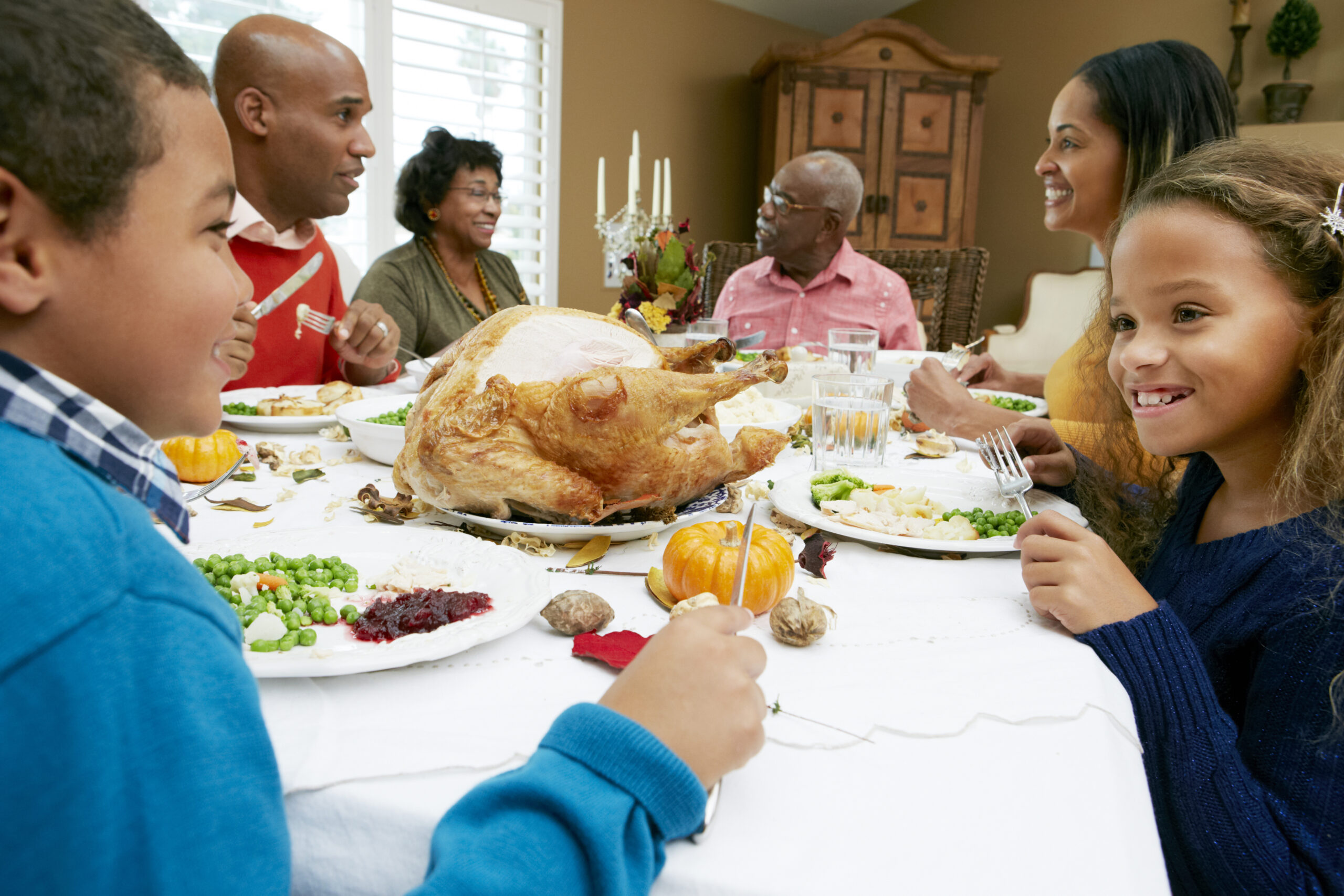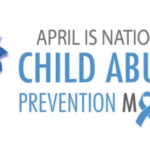What to know about counting calories on Thanksgiving, why in-bird stuffing is a big no-no, and why it’s OK to have seconds
Danielle Meyer is a nutrition expert who studies everything from fad diets to food science. Given this expertise, you might expect Meyer to cringe at the very thought of a holiday like Thanksgiving, known more for the gorging than the gourds.
You’d be wrong.
“It’s actually one of the holidays I look forward to most,” says Meyer.
Really?
“Yes, because people actually end up eating more vegetables than they usually do, and they’re cooking at home and eating lean meat,” she adds.
Meyer is a registered dietitian nutritionist and serves as director for the clinical nutrition master’s program and the dietetic internship in the University at Buffalo’s School of Public Health and Health Professions. She’s also a board-certified specialist in oncology nutrition.
Meyer shared her expertise on a range of turkey day topics, such as how to cut down on the calories, why in-bird stuffing isn’t the best idea, and whether it’s OK to have seconds.
What advice can you offer to people looking to do less caloric damage on Thanksgiving?
There are really two things to consider here: One is, how do you manage it as a guest, and the other is how do you manage it if you’re hosting. If you’re the guest, you probably don’t know how the food is being prepared. If you’re trying to manage your diet in a particular way, you can offer to bring a dish that you’ve prepared for the group. That can also work for people who have food allergies, because a lot of nuts start showing up in food this time of year. As a host, it’s also good to communicate with your guests and say, ‘I usually prepare things with this, is that OK?’ You can also prepare foods a little differently. For example, sautéing the green beans instead of using the canned kind, and ditching the cream of mushroom soup.
About how many calories are in the typical Thanksgiving meal?
It’s estimated between 3,000 and 4,500 calories. Now, that’s for the typical meal: turkey, mashed potatoes with gravy, green bean casserole, stuffing, candied sweet potatoes, a roll or cornbread and pie. That doesn’t account for alcohol consumption, or any snacking you do before dinner.
But if you run the Turkey Trot it’s all good, right?
I think anyone who runs anything in the wintertime should get whatever they want (laughs). The rationale people have that if you know you’re going to be eating more that day, you increase your physical activity — I agree with this approach. The same can be said for the opposite: ‘Well, I know I’m not going to be as active today so maybe I’m going eat a little bit less.’ You can balance both.
What’s the absolute worst food on the Thanksgiving table?
There’s two points of view on that: One is the food safety aspect, and the other is in terms of calories. When it comes to food safety, and this is something we spent time on in the food science class I’m teaching this semester, the worst thing you could put on your table is in-bird stuffing. It’s the most dangerous from a food safety standpoint because when you cook the stuffing in the bird, you cannot guarantee that the stuffing is going to hit the right temperature to ensure it’s safe. If you do, that usually means you overcooked your bird. If you do stuff the bird, it’s best to take it out when the turkey is done and reheat it so it reaches at least 165 degrees.
In terms of calories — I don’t want to offend anyone, but pecan pie doesn’t have a lot going for it.
What else do you cover in the food science class?
I love teaching this course in the fall because I can talk a lot about Thanksgiving dinner, and it’s fun because it makes it real for the students. We talked about bread a couple weeks ago. Yesterday was cookies and cakes. In the class the students do at-home labs, so they’ve fried their own doughnut holes or they made biscuits and manipulated them for so much time to understand what happens when under-kneading or over-kneading the dough. I had one student say he was cooking spaghetti at home and he was excited because he knew what was happening to the noodles as they cooked. It’s science you can eat. It’s great!
So, is it OK to have seconds?
Absolutely. For most people, this is that one time of year you’re going to have a certain type of food, so why limit yourself? You can take it too far, but if sweet potato casserole is your favorite thing, then go for it. If you are worried about too many calories, then just take a little bit to start and then you can go back for more. Unless you have a really competitive family and it’s the “Hunger Games.” Then you have to be strategic with your choices.












